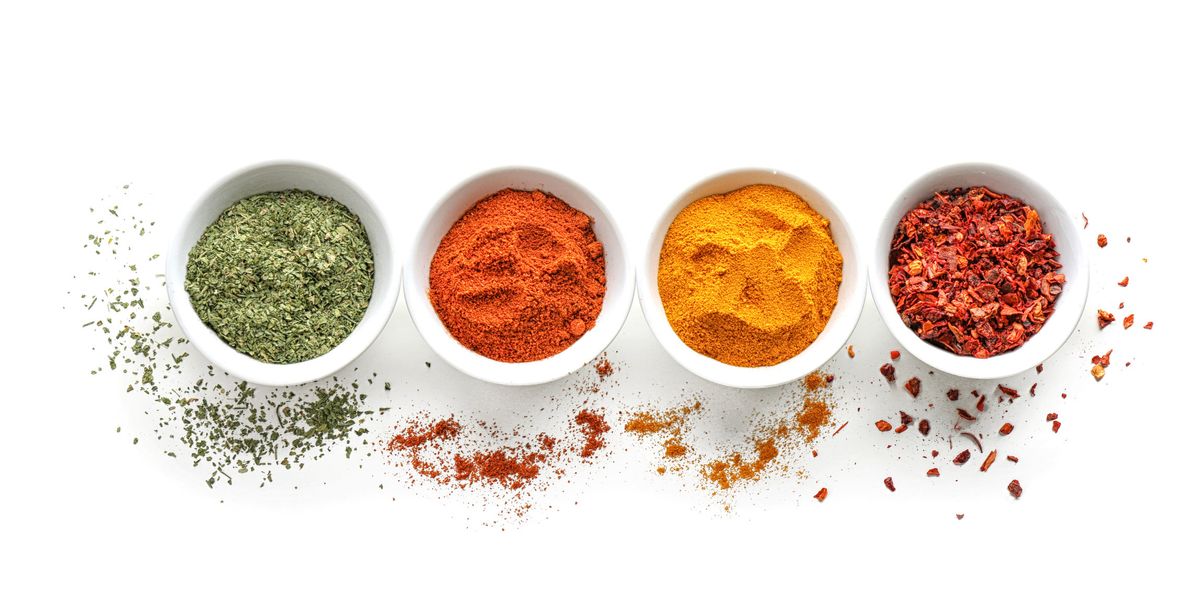How Your Spice Cabinet Can Get You Your Best Dance Bod
Turmeric, cayenne pepper, ginger, and garlic: They’re spice cabinet staples that double as performance-boosters. Dance Spirit turned to Emily Cook Harrison, a registered dietitian at Nutrition for Great Performances in Atlanta, GA, for a breakdown of their benefits, and the most effective ways to incorporate them into your diet.
Turmeric
 Thinkstock
Thinkstock
“Turmeric is most commonly known for helping inflammation,” says Harrison. “If you eat it regularly, it’ll decrease joint pain and reduce general inflammation over time.” However, don’t use it as a substitute for over-the-counter anti-inflammatories, like ibuprofen—its benefits are more long-term than immediate.
How to Eat It
Harrison emphasizes that consistency is key: “In order to feel its benefits, make sure turmeric is a part of your daily diet.” Sprinkling a pinch of turmeric over your salad won’t cause a measurable decrease of inflammation (though it can’t hurt!), but mixing it into beverages will. Try beginning your day with a cup of turmeric tea, and ending it with a glass of “golden milk”—a blend of 2 cups of warm coconut milk, 1 tablespoon of turmeric spice, and a 1/2 tablespoon of cinnamon.
Cayenne Pepper
 Thinkstock
Thinkstock
Cayenne pepper is a powerful spice with an abundance of benefits. It promotes a healthy digestive tract and is anti-inflammatory. But its secret ingredient? “A substance called capsaicin, which can alleviate joint pain,” Harrison explains.
How to Eat It
Cayenne pepper extracts can be found in juices, while a teaspoon of ground cayenne pepper can be mixed with salad dressing. If you enjoy spicy food, you can also incorporate chopped raw cayenne peppers into your omelets and salads.
Ginger
 Thinkstock
Thinkstock
If cayenne pepper isn’t doing it for your GI tract, you might want to try ginger. “Ginger is anti-inflammatory and extremely effective for upset stomachs,” Harrison says. It combats everything from nausea to digestive issues. Keep in mind that, like turmeric, you’ll need to eat a substantial amount of ginger in order for it to work (but a small amount of ginger, like a cup of ginger tea, can aid digestion).
How to Eat It
A cup of ginger root tea or a bowl of carrot-ginger soup are great options. A 1/4 teaspoon of ground ginger can be combined with cayenne pepper and turmeric for a super-blend of spices, perfect for cooking. Two tablespoons of sliced raw ginger also make a great addition to a stir-fry.
Garlic
 Thinkstock
Thinkstock
When it comes to boosting your immune system, nothing beats garlic. “Garlic isn’t just anti-inflammatory,” Harrison says. It’s also shown to reduce cold symptoms.
How to Eat It
Chances are, there’s a bulb of garlic already in your kitchen cabinet. Chop up two or three cloves to add to whatever you’re cooking for breakfast, lunch, and dinner.
A version of this story appeared in the May/June 2018 issue of
Dance Spirit with the title “Spice Up You Life.”




